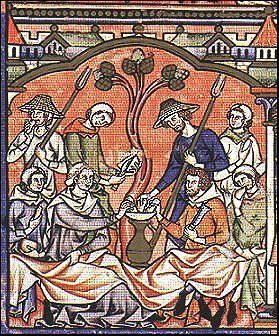 To facilitate the location of geographic space, the surface of the Earth is divided into imaginary lines that form a kind of spherical mesh. This mesh is made up of parallels (horizontal lines) and meridians (vertical lines).
To facilitate the location of geographic space, the surface of the Earth is divided into imaginary lines that form a kind of spherical mesh. This mesh is made up of parallels (horizontal lines) and meridians (vertical lines).
Parallels are imaginary circles that can be drawn anywhere on the earth's surface. The equator is parallel 0 and allows us to divide the Earth into the northern and southern hemispheres.
In each of them there are two important parallels: the Tropic of Cancer in the north and the Tropic of Capricorn in the south.
The strip located between both tropics is the intertropical zone and its location is determined by two phenomena: the inclination of the Earth's axis and the Earth's translation.
Information of interest and curiosities
As for its exact location, this parallel is at the following geographic coordinates: 23 degrees and 27 minutes.
This horizontal line of latitude crosses several territories: central Mexico, the Bahamas, North Africa, the Arabian Peninsula, northern India, China, and Taiwan.
In the Mexican municipality of Matehuala belonging to the State of San Luis Potosí there is a small town called, precisely, Tropic of Cancer. On the road that crosses it there is a commemorative monument that refers to the presence of this imaginary line on this place.
In the Bahamas there are more than 350 cays, the Great Exuma being the largest of them all. It is located in the George Town district, where there is a heavenly place, the Tropic of Cancer beach.
The name Tropic of Cancer is, in addition to an imaginary parallel, the name of a Mexican town and a beach in the Bahamas, the title of a famous novel by Henry Miller published in 1934 (this novel was accompanied by a sequel published in 1938 , "Tropic of Capricorn").
The origin of this denomination dates back to antiquity
In the northern hemisphere during the summer solstice the sun's rays are projected vertically over the tropics. When this happens the sun enters the zodiacal constellation Cancer. The discovery of these movements became known through the Babylonian astronomers.
Later, in the 11th century BC. C the Greek Hipparchus of Nicaea advanced in the precession of the equinoxes. In this framework, Hipparchus of Nicaea was the one who divided the Earth into parallels and meridians using the concepts of latitude and longitude.
Photo: Fotolia - jktu_21









